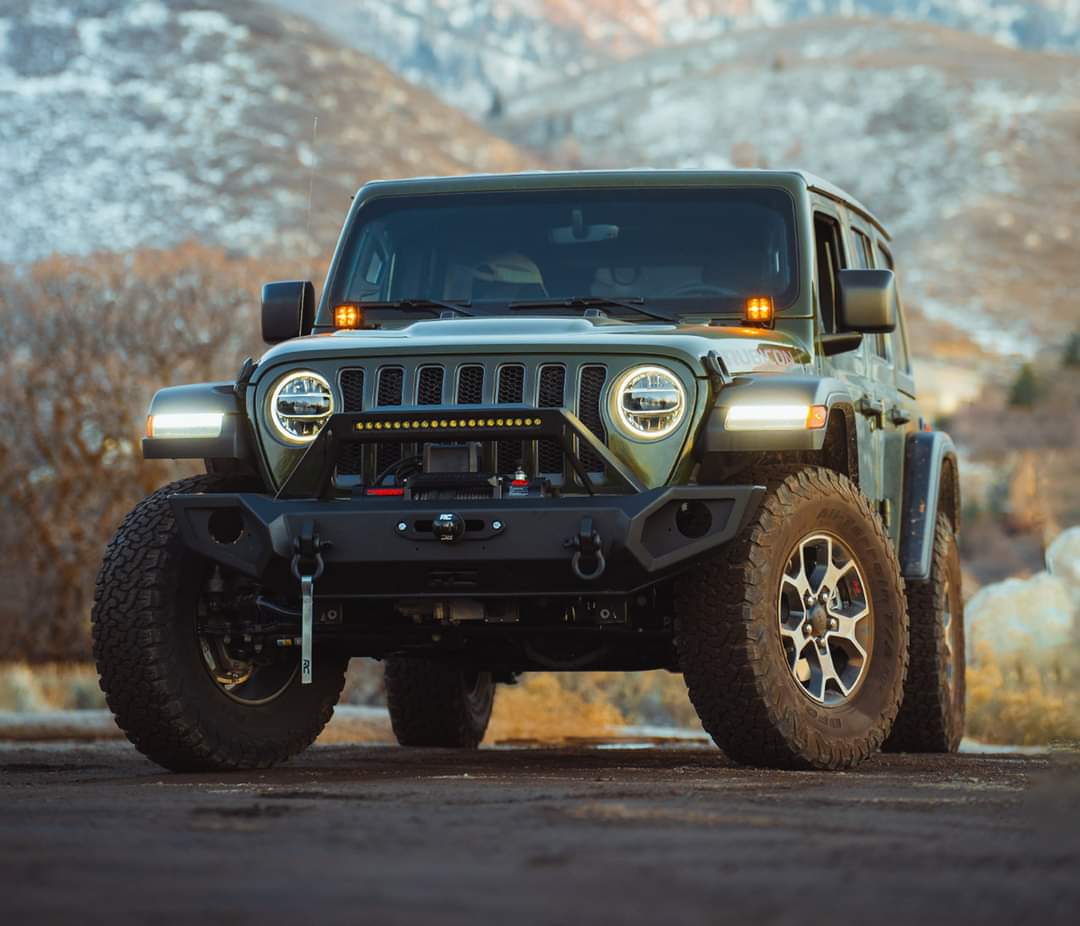Driving in high winds can be challenging and dangerous, especially for certain types of vehicles that are more susceptible to losing control or stability. Factors such as weight, height, and aerodynamics play a significant role in how well a vehicle handles strong gusts. Here are ten cars that you might want to avoid driving in high winds due to their design characteristics.
1. SUVs and Crossovers
While many SUVs are designed for stability, certain models can be top-heavy and prone to tipping in strong winds. Examples include the Jeep Wrangler and Honda CR-V. Their taller profiles make them more susceptible to being pushed off course by gusty winds, especially when overtaking larger vehicles.
2. Pickup Trucks
Pickup trucks, particularly those with tall cabins and large payloads, can be challenging to control in high winds. The Ford F-150 and Chevrolet Silverado are popular examples that can experience wind drift. Their large surface area can catch the wind, making them harder to handle in adverse conditions.
3. Convertibles
Convertibles, such as the Mazda MX-5 Miata, have a lower center of gravity but are more susceptible to the effects of wind due to their open design. The lack of a roof can make the vehicle feel less stable, and strong winds can easily disrupt its path, making it a less safe option during windy conditions.
4. Tall Vans
Vans like the Chrysler Pacifica or Ford Transit Connect can experience significant side effects from high winds due to their height and large surface area. These vehicles can be challenging to control when gusts hit, particularly when overtaking larger vehicles or in open areas.
5. Lightweight Sports Cars
Lightweight sports cars, such as the Subaru BRZ or Toyota 86, can be impacted by high winds more than heavier vehicles. While they are built for agility and speed, their low weight means they can be easily pushed off course, making them less stable during windy conditions.
6. Small Hatchbacks
Small hatchbacks like the Honda Fit or Ford Fiesta may struggle against strong winds due to their lightweight design. These cars have a smaller profile, which can make them more vulnerable to being buffeted by wind gusts, affecting their handling and stability.
7. Compact Sedans
Compact sedans, such as the Toyota Corolla or Nissan Sentra, may also be less stable in high winds. Their lower weight and size make them easier to move around by wind currents, which can lead to a loss of control while driving.
8. Electric Vehicles
Electric vehicles (EVs) like the Tesla Model 3 and Nissan Leaf can also be affected by high winds, particularly those with a lower ground clearance. Although EVs often have a low center of gravity, their lighter weight can make them more susceptible to gusts, especially in open areas.
9. Luxury Cars with Low Profiles
Luxury cars with low profiles, such as the Mercedes-Benz S-Class or BMW 7 Series, can experience wind challenges due to their sleek designs. While they may offer comfort and performance, their aerodynamics can make them vulnerable to high winds, affecting their stability.
10. Coupes
Coupes, particularly those with a sporty design like the Ford Mustang or Chevrolet Camaro, may have a lower center of gravity but can still be affected by high winds. Their aerodynamic shapes may not always counterbalance the challenges posed by strong gusts, leading to potential handling issues.
Driving in high winds requires caution, regardless of the vehicle. However, certain cars are more susceptible to wind-related issues, leading to challenges in handling and stability. When planning to drive during windy conditions, consider the vehicle’s design and characteristics. Opt for heavier, lower vehicles with a wider stance for better control, and always prioritize safety by reducing speed and avoiding unnecessary travel in severe weather conditions.











